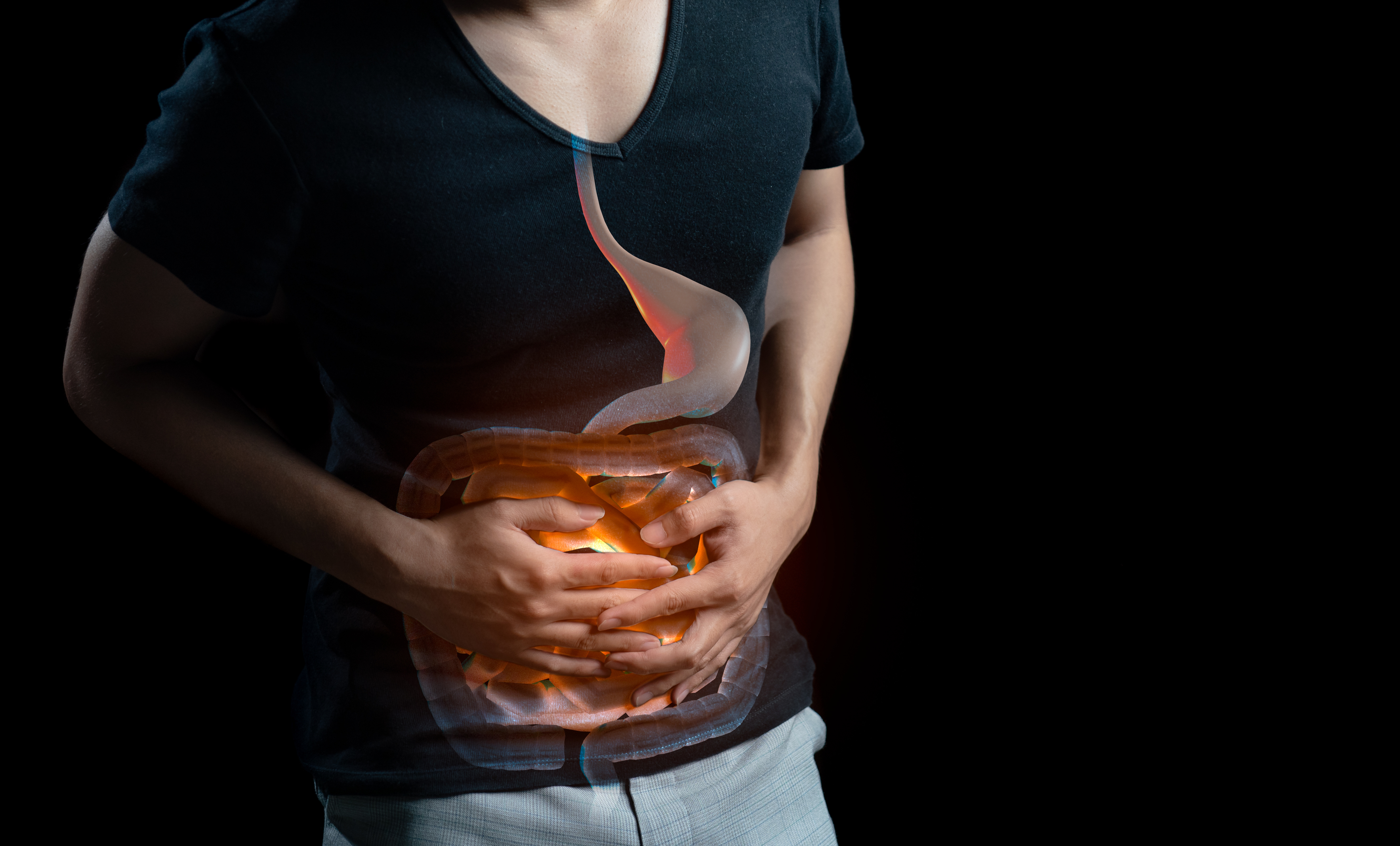Women's gynecological diseases are killers that harm their health. It is important to take preventive measures early and maintain personal hygiene. Food can also help prevent gynecological diseases. It's never too late to learn, so let's take a look together!
Common Gynecological Diseases in Women
1. Vulvitis and Vaginitis
Symptoms include itching, local ulceration, increased vaginal discharge, cervical congestion, lower abdominal and sacral pain, accompanied by frequent urination and dysuria.
If not treated thoroughly, it can lead to recurrent attacks or prolonged treatment.
2. Vaginal Tumors
Vaginal tumors can be classified into benign and malignant tumors. Benign tumors usually have no symptoms when small, while malignant tumors are accompanied by abnormal vaginal bleeding or discharge. If not treated in a timely and effective manner, it can cause infertility in women.
3. Pelvic Inflammatory Diseases
Pelvic inflammatory diseases refer to inflammation of the female reproductive tract and surrounding tissues (uterus, fallopian tubes, ovaries, parametrium, and peritoneum) caused by pathogenic infections.
4. Cervicitis
The symptoms of cervicitis vary in severity, but increased vaginal discharge, pus, itching of the vulva, lower abdominal pain, difficulty urinating, and contact bleeding are common symptoms. The clinical manifestations may vary according to the severity and extent of the inflammation.
5. Cervical Cancer
Cervical cancer has the second highest incidence among malignant tumors in women, just after breast cancer. It is a serious malignant tumor that poses a threat to women's health.
The pathogenesis of cervical cancer has been well studied, and the main cause is infection with human papillomavirus (HPV).
6. Uterine Fibroids
Uterine fibroids are the most common benign tumors in the female reproductive system and are more common in women aged 30-50. Patients may experience irregular menstrual cycles or increased menstrual flow. In some cases, women may experience lower abdominal pain and palpable masses in the lower abdomen. These masses can compress the ureters, bladder, or rectum, causing difficulties in urination and defecation. In a few cases, it can lead to infertility.
Five Foods to Help Prevent Gynecological Diseases in Women
1. Red-skinned Vegetables
Red-skinned fruits and vegetables can effectively prevent and inhibit the growth of gynecological tumors.
Red fruits and vegetables such as red apples and red peppers contain natural phytochemicals that can effectively inhibit the growth of some gynecological tumor cells and reduce their responsiveness to estrogen. Onions and purple grapes also have similar effects.
2. Whole Grain Foods and Kelp
Eating whole grain foods and kelp can effectively prevent breast diseases.
Kelp contains a large amount of iodine, which can stimulate the anterior pituitary to secrete luteinizing hormone, promote the luteinization of ovarian follicles, and lower the estrogen level in the body. Therefore, regular consumption of kelp can help prevent and treat breast hyperplasia.
3. Foods Rich in Folic Acid
Consuming foods rich in folic acid can effectively prevent cervical cancer.
Women should supplement folic acid appropriately, including taking folic acid supplements and consuming foods rich in folic acid, such as animal liver and kidneys, spinach, Chinese cabbage, amaranth, leek, fish, eggs, grains, soy products, and nuts. This can effectively prevent and reduce the incidence of cervical cancer.
4. Foods High in Calcium
Foods high in calcium can effectively prevent ovarian diseases.
5. Soy Products
Consuming soy products can effectively regulate the endocrine system and restore normal estrogen levels.












